A few years ago, when we made the transition to all-natural cleaning products, we also switched to a new laundry detergent and add borax to our detergents. At first, we spent a lot of money on all-natural alternatives found on store shelves. But after some time, we realized that these recipes were too pricey and that there had to be another way.
My husband and I started investigating the possibility of making our own laundry detergent, and we were pleasantly surprised by the variety of recipes we found. Some of them even used borax, an ingredient we avoided out of caution.
Many people believe that using borax at home is completely safe, but we thought it was best to stick to as few ingredients as possible.

We opted to make our own laundry detergent out of readily available ingredients rather than purchase Borax from the city supermarket. Our plan was to streamline the detergent-making process as much as possible. That called for some rigorous scientific investigation.
Our efforts to find a laundry detergent that works well without borax ultimately paid off, and we now have a solution that works wonderfully. It’s been a mainstay of our laundry routine for years, and the results are always spotless. More importantly, we do not treat our laundry with much care.
Just what are the benefits of using homemade laundry detergent?
If you prefer to buy all-natural and organic versions of your preferred detergent, making your own is a great way to save money. That is our primary motivation. We were persuaded to give it a shot after thinking about it and the fact that we could control the ingredients in every batch.
Can you trust homemade laundry detergent to get your clothes clean?
We work quite hard around here, whether it’s in the garden, hauling firewood, or just plain old exertion. Since then, our garments have been exposed to many unsanitary conditions. We’ve given this product our highest rating after a careful evaluation. We have had nothing but success with it.
But first, a disclaimer: whether or not this laundry detergent “works” depends on your definition of “clean.” We define cleanliness as the absence of smells and dirt. This detergent soap is effective, too. You should probably explore elsewhere for laundry detergent if you think that powerful aromas are necessary for cleanliness.

Isn’t it risky to use homemade laundry detergent in your washing machine?
The only thing we can say with any certainty is that we have used this detergent for more than five years in our state-of-the-art top-load washing machine with zero issues whatsoever, and that is the only answer we can provide when others ask us this question. A few years ago, when we had a repairman come out (to look at our dryer), I asked him about homemade laundry soap, and he said that he didn’t see why it would be a problem, so long as you didn’t use vinegar in your machine (which can erode the seals). I inquired as to whether he foresaw any difficulties and he assured me there wouldn’t be any.
How effective is it in removing stains?
We usually start by using either pure castile soap or a store-bought stain remover stick. The effectiveness of this detergent is comparable to that of other laundry detergents; it may remove fresh stains, but stronger cleaners are required for established stains.
I’m curious about the scent of this laundry soap.
Another great thing about this detergent is that it eliminates any odors from my clothes after drying in the dryer. None of the scents associated with a June morning, such lilacs or dew, can be detected. For a while, I was under the impression that cleanliness had a telltale scent. However, the absence of any detectable odor characterizes really “clean” items. As a bonus, this detergent does an excellent job at getting rid of odors from our laundry.
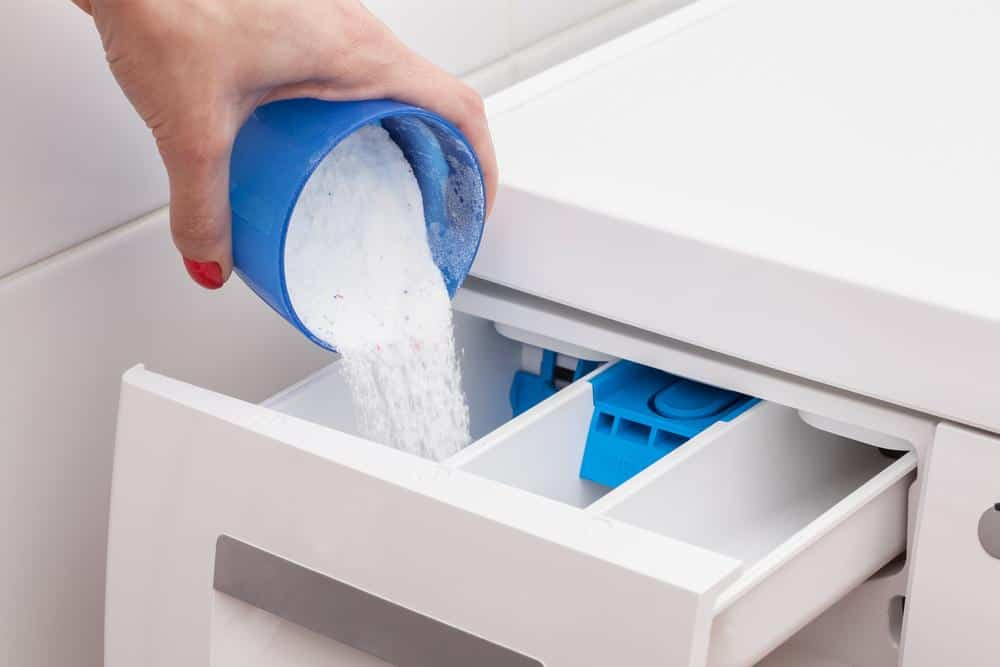
Lavender is a classic, and the addition of lemon is a natural stain remover. Adding a few drops of your preferred essential oil to the combination may give your laundry a pleasant aroma (in fact, lemon is an all-natural stain fighter, and lemon is an all-natural stain fighter!).
May I ask whether this is anything that can be used in a HE washer?
Unfortunately, I can’t say anything about compatibility with HE front-loading machines, as we just have a regular front-loading HE washer. Since there is some soap and sugar in the recipe, it is theoretically conceivable, but doing so would be quite risky. Since I didn’t know if using this product would reduce the absorbency of the diapers, we stuck with Rockin’ Green when washing cloth diapers. We ultimately decided to use the alternative product we discussed earlier.
How much soap should I use in conjunction with water to make homemade laundry detergent?
This recipe makes one quart of laundry detergent. A half cup of this solution is all that’s needed to clean a huge load of clothing in our washing machine, but you may need to experiment to find out how much is needed for yours.
Is the cost fair?
The total cost of components for my homemade laundry detergent recipe is less than $5 per gallon. A single batch is sufficient for around 40 loads of laundry, making it an excellent bargain.
I have sensitive skin; have there been any stories of this working successfully?
Because there aren’t that many people in our family who have skin sensitivities, we haven’t tried it on anyone with sensitive skin yet. Baking soda has the potential to aggravate the condition of some people.
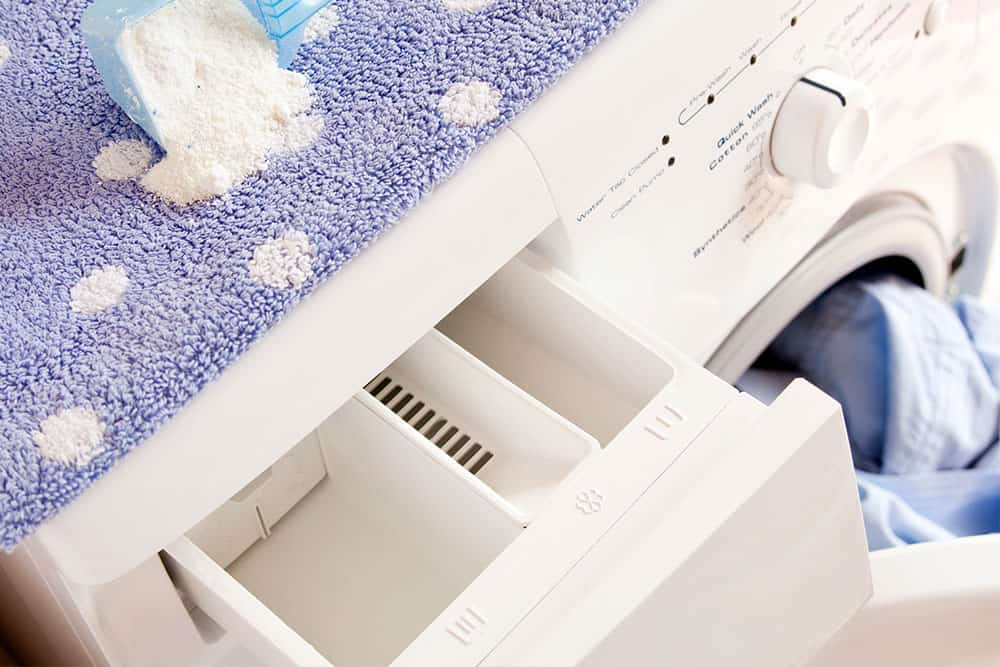
What, precisely, is included in this homemade detergent for washing clothes?
Because there are so few components required, making your own laundry detergent is an option that is beneficial to your wallet. Here you will find everything you require to get your project off the ground, including:
Boiling water
Soda As a Substitute for Sodium Bicarbonate
Unscented liquid castile soap
What are the steps I need to take to make laundry detergent?
To make laundry detergent, all you need is the ability to heat water to the appropriate temperature. What you ought to do is as follows:
In water that comes very close to boiling, dissolve the baking soda and salt.
Castile soap in liquid form should be added to the mixture. You may also give it a scent by using essential oils into this recipe, if that’s something you’re interested in doing.
Close and label.
Your detergent is now ready for use and has been prepared!

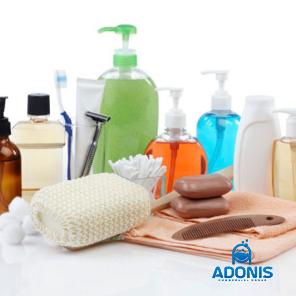

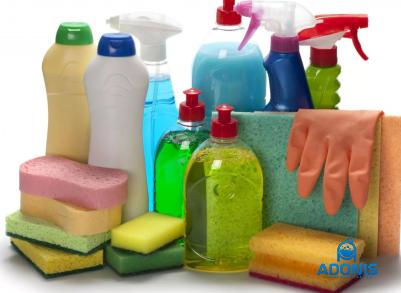
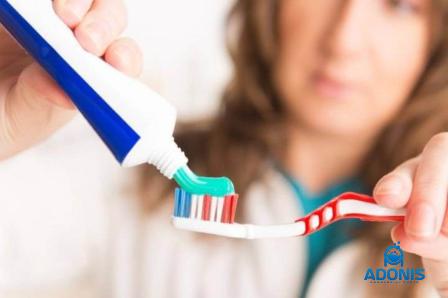
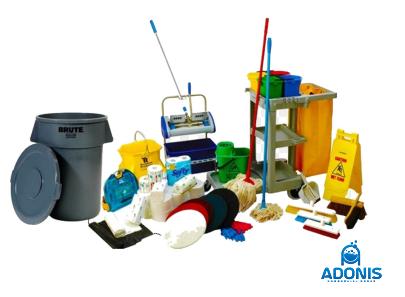
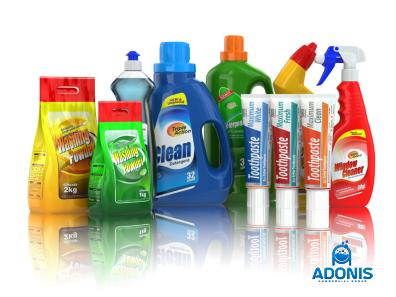

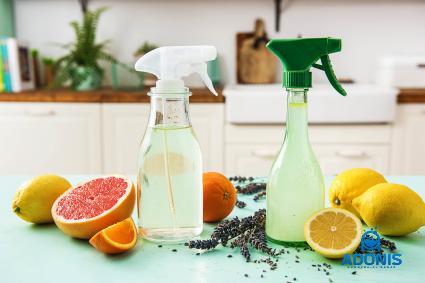


Your comment submitted.